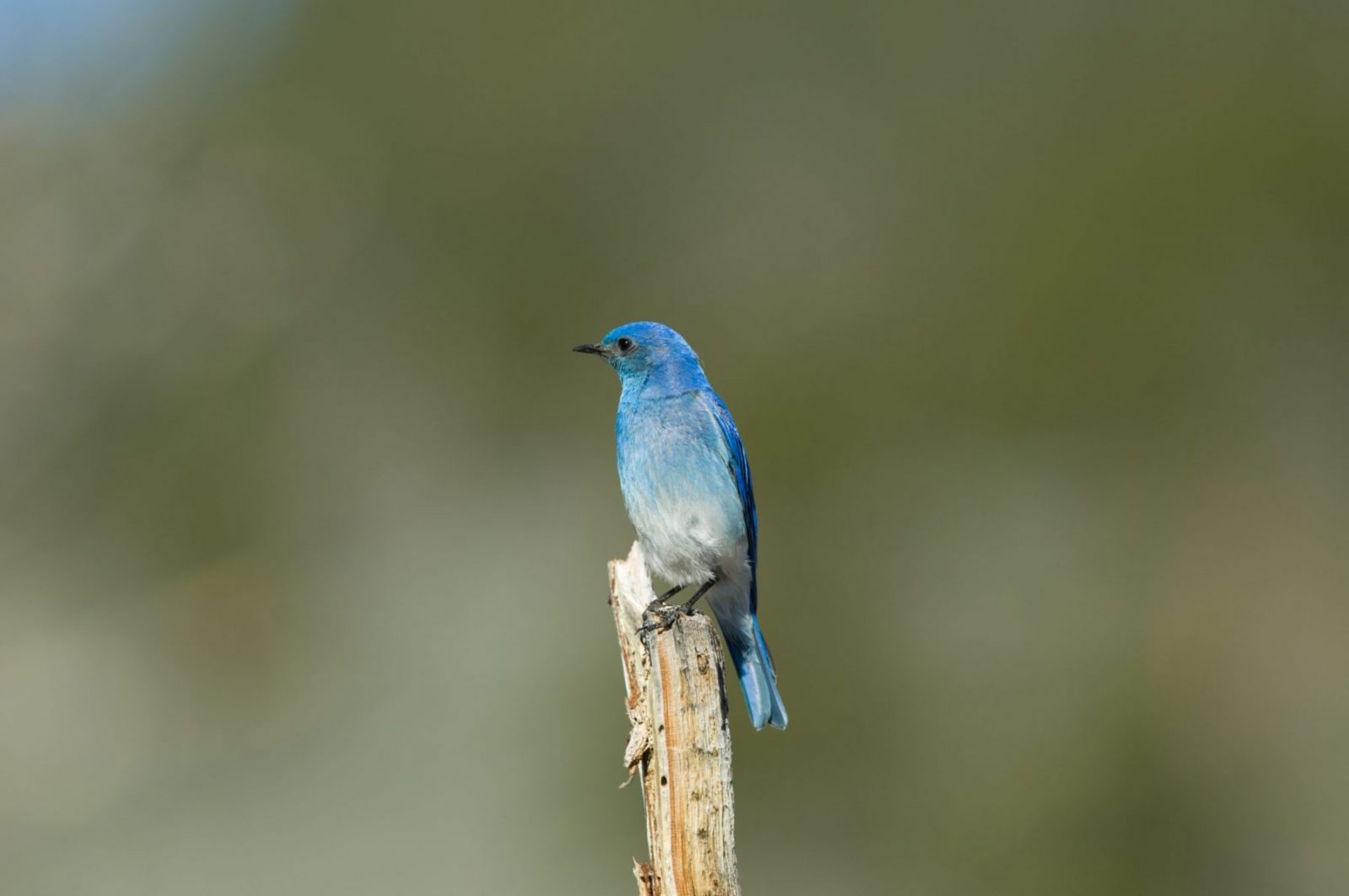[et_pb_section admin_label=”section”][et_pb_row admin_label=”row”][et_pb_column type=”4_4″][et_pb_text admin_label=”Text” background_layout=”light” text_orientation=”left” use_border_color=”off” border_color=”#ffffff” border_style=”solid”]
“Just look out the window and notice what you see, notice what you hear, “ Jazmyn McDonald told me as the small grey truck bounced along the gravel road toward Lucky Pond in Lander, just a few minutes outside of town.
Jaz, a member of the Wyoming Outdoor Council, agreed to sit down with me to discuss birding in the local area and wider Wyoming now that spring seems that it has finally agreed to settle in. But instead of talking indoors, we went outside to experience birding first-hand. She said she didn’t expect we would see much, but as we pulled up to the pond, she was overjoyed with the sounds we heard through the windows.
“You hear that song?” Jaz said. “That’s the Western Meadowlark, Wyoming’s state bird. To a birder, that’s a wonderful sound to hear, that means spring has come.”
The arrival of spring in Wyoming also means the arrival of many migratory birds that had left for for the winter or for non-breeding season. By the end of May, Wyoming should have all these birds back—everything from small songbirds—think: warblers, sparrows, and swallows—to shorebirds, waterbirds, hawks, owls, and eagles, says Andrea Orabona, a non-game bird biologist with the Wyoming Game and Fish Department. Local Wyoming Game and Fish offices have pocket field guides available to the public that detail the familiar birds of Wyoming.
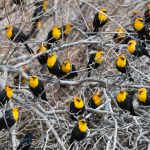
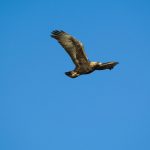
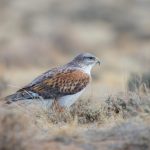
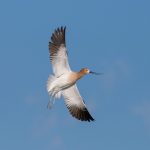
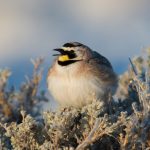
[/et_pb_text][/et_pb_column][/et_pb_row][et_pb_row admin_label=”Row”][et_pb_column type=”4_4″][et_pb_text admin_label=”Text” background_layout=”light” text_orientation=”left” use_border_color=”off” border_color=”#ffffff” border_style=”solid”]
When we reached Lucky Pond, Jaz and I quietly slipped out from the truck, trying to be as inconspicuous as possible so as not to disturb any birds. To my untrained eye, the pond appeared to be host to only a handful of brown-headed female mallards. But within a few minutes, armed with a pair of binoculars and Jaz’s enthusiastic tutelage, we were able to spot nine other species, including: Canada geese, American wigeons, sandhill cranes, a common goldeneye, Franklin’s gulls, ring-billed gulls, a northern flicker, a Say’s Phoebe, a red-winged Blackbird, and the western meadowlarks we had heard upon arrival.
“Not a bad day at all for your first time!” Jaz exclaimed as we made the final tally for the day. Both she and I were impressed by the diversity we had seen, especially for an unplanned trip to this humble little Lander pond.
Wyoming has six Audubon chapters throughout the state (in Cheyenne, Laramie, Lander, Casper, Cody, and Sheridan), in addition to a bird club in Jackson. These groups are a great way to connect to your local birding community and get resources related to the birds in your area, Jaz says. Each chapter usually hosts multiple outings throughout the spring, summer, and fall that are open to the public to join.
Mark your calendars for May 13th, the North American Migration Count, which happens each year on International Migratory Bird Day. To find out how you can participate, visit migratorybirdday.org, or contact Andrea at the Wyoming Game and Fish Department at acorabona@gmail.com.
Another event on May 13 will take place in Grand Teton National Park. Join rangers for a ranger-led bird-watching caravan to visit areas throughout the park that provide the best opportunities to find, identify, and record birds.
Jaz also plans to lead an outing in Lander, and you can contact her for more information at jzmc@wyoming.com.
From now until the end of May, the Greater sage-grouse will be performing their world famous ritual mating dance on leks throughout Wyoming.
[/et_pb_text][et_pb_video admin_label=”Video” src=”https://youtu.be/ov9_72xLeF0″] [/et_pb_video][et_pb_text admin_label=”Text” background_layout=”light” text_orientation=”left” use_border_color=”off” border_color=”#ffffff” border_style=”solid”]
The Wyoming Outdoor Council has worked for decades with citizen conservationists, bird lovers, other conservation groups, and the state of Wyoming to protect the Greater sage-grouse and its habitat. This noble and iconic species plays a vital role in its ecosystem and, like all birds and other wildlife, is a huge contributor to our quality of life in Wyoming, and on this planet. In addition to viewing the sage-grouse’s enchanting dance, Orabona recommends a trip to the Red Desert later in the spring as a way to view the diversity of life present in Wyoming’s sagebrush habitat—what she called the “sagebrush sea.” Some of the species that live there are sagebrush sparrows, thrashers, brewer’s sparrows, and various raptors, among others.
Birds serve as important ecological indicators of the health of ecosystems and habitats, and are often highly sensitive to harmful events both natural and human-made, and other activities that encroach upon these systems—including climate change, habitat loss, pollution, energy development, and disease. Birds contribute to the viability of many other species through nutrient cycling, seed distribution, pest regulation, and waste decomposition (through scavenging). And let’s not forget how birds enhance and enrich our appreciation of nature when we’re out in it. The value we gain from birds warrants the continued study, conservation, and respect for these animals.
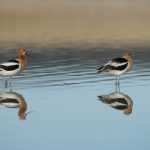
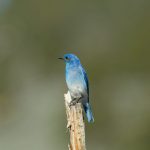

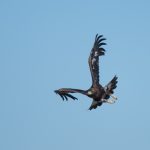
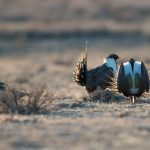
For more information about birding in the local Lander area, contact Jaz McDonald, or visit your local Audubon or Wyoming Game and Fish Department office. Audubon also has a list of Important Bird Areas (IBA) in the state.
All photos by Scott Copeland.
[/et_pb_text][/et_pb_column][/et_pb_row][/et_pb_section]

